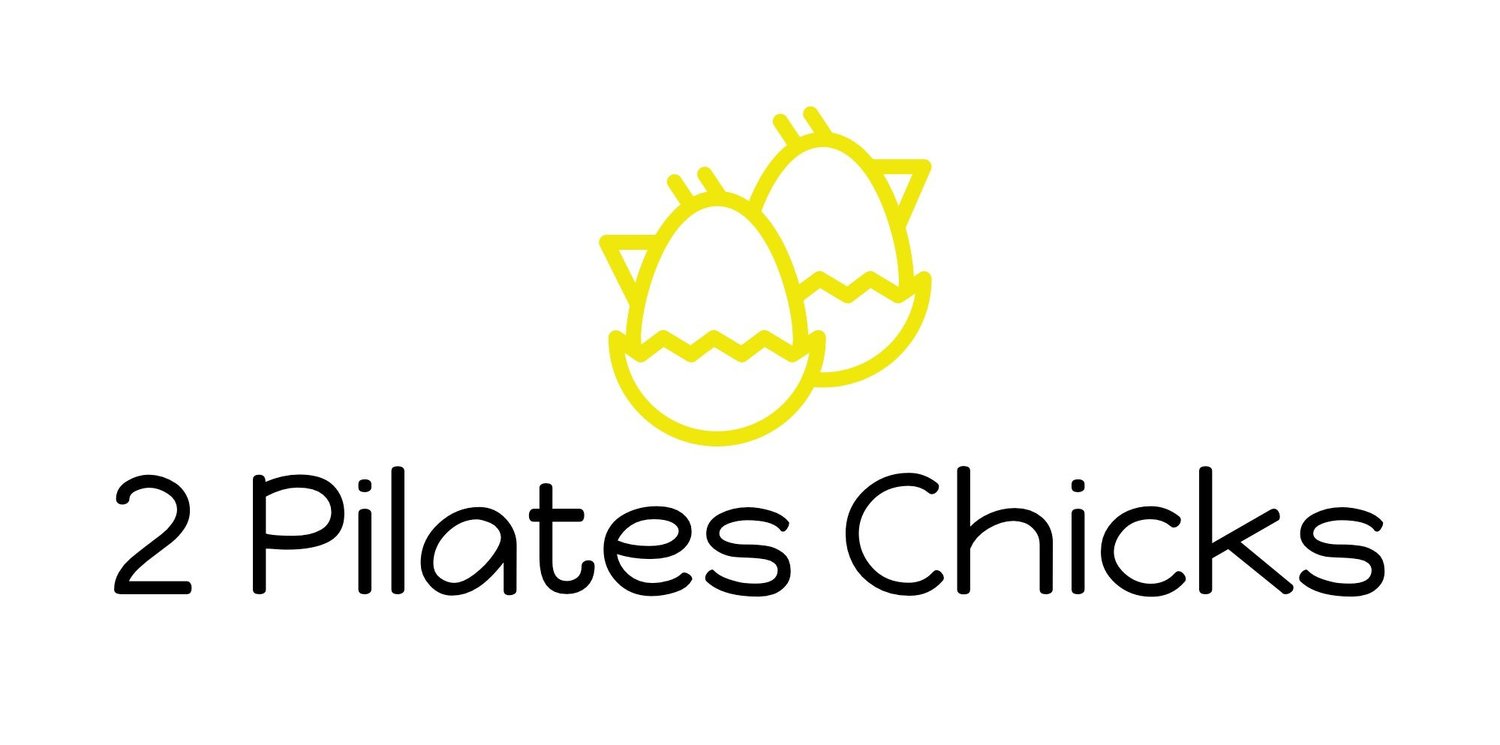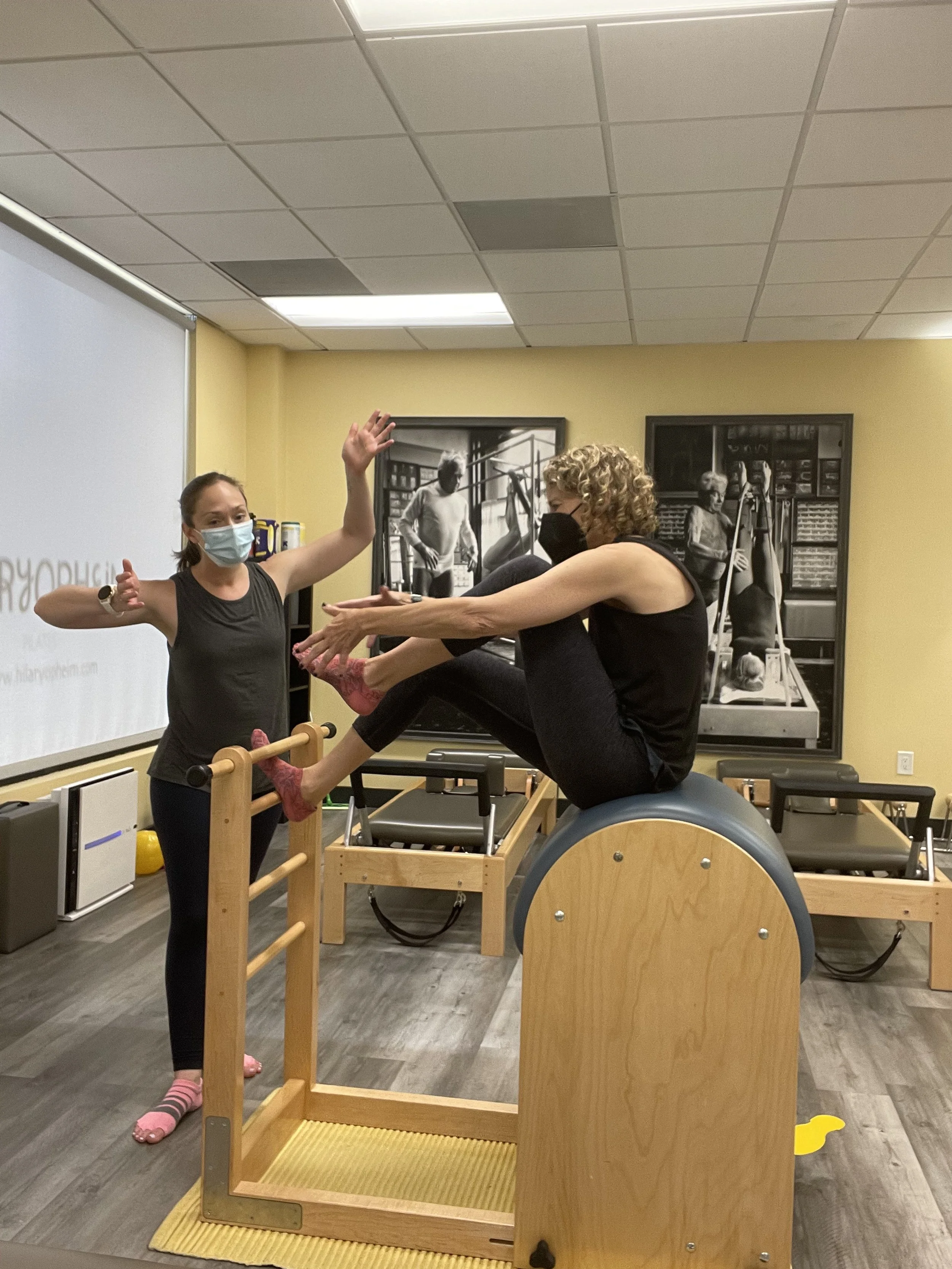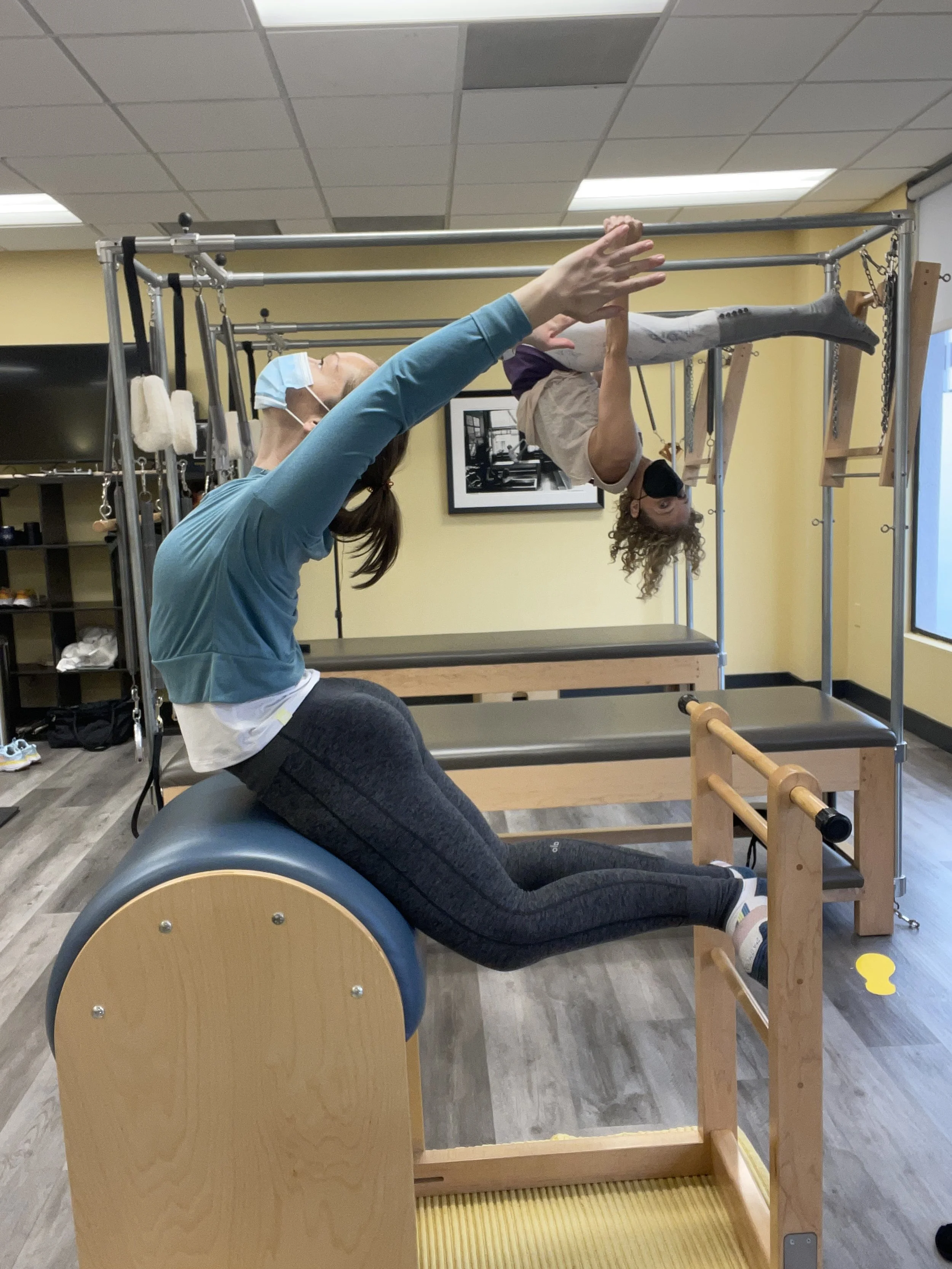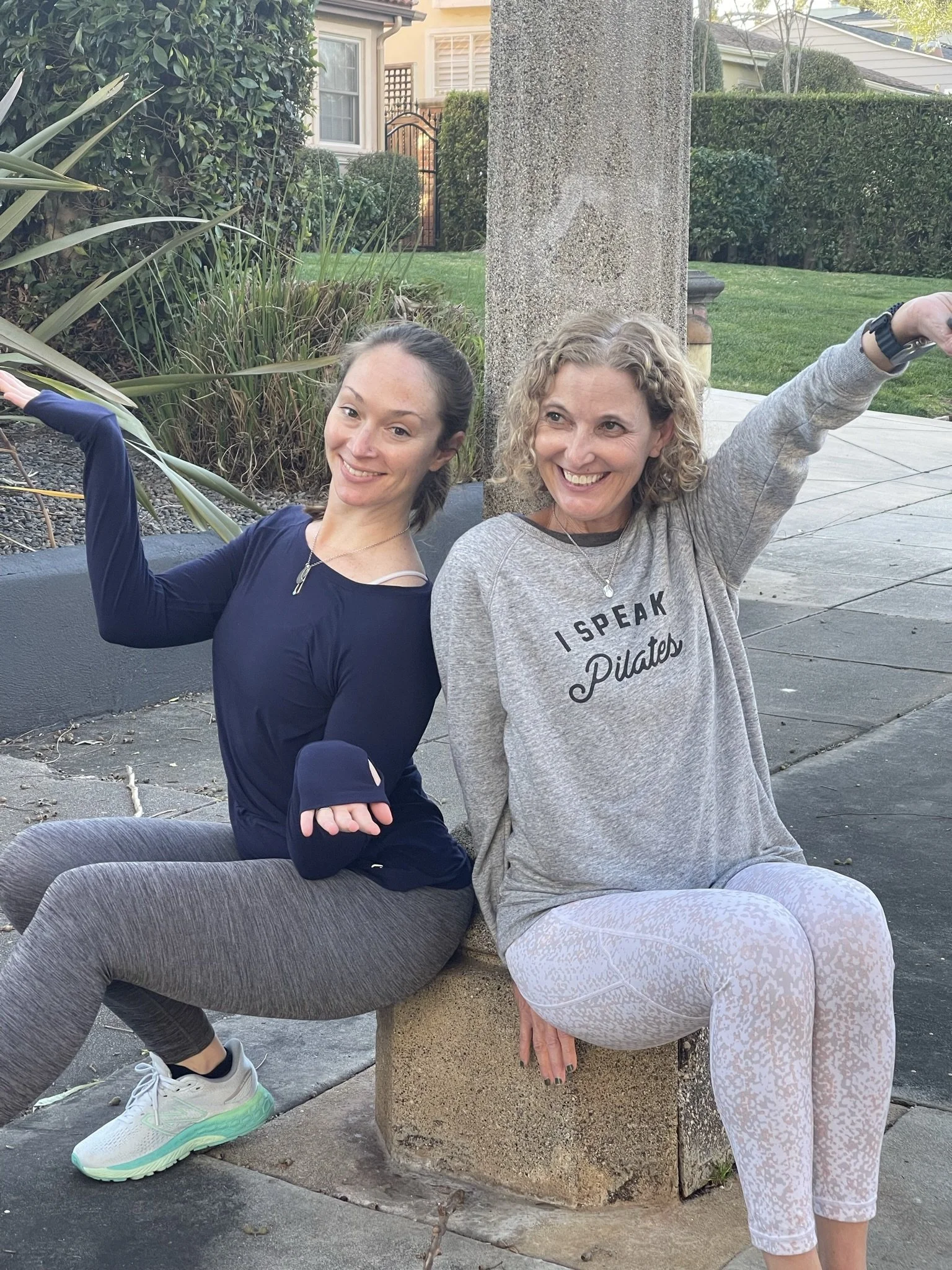Pilates Cueing is just a conversation with your Pilates client
Is there a right or wrong way to cue when you are teaching Pilates? Teaching Pilates and finding those cues to give your Pilates client can be overwhelming as a new Pilates teacher and even as an experienced Pilates teacher. Sometimes you may find those cues that work and then realize that you can’t use that cue with another client because it just doesn’t work. Why would that Pilates cue work for one Pilates client and not another?
There is a lot of discussion, concern, and turmoil around cueing for Pilates teachers. We see countless workshops and newsletters on how to cue properly, how to cue better, how to be an expert in cueing, and how crucial cueing is in teaching.
All this language tends to build up concern and fear for Pilates teachers, especially new teachers, around their cueing and word choice. Many of us start to second guess what we’re saying to our clients, we try to say too much, or we try to pick overly unique and creative cues that might become confusing.
While we do agree that cueing effectively is an important element in the art of teaching, the language surrounding this idea for Pilates teachers has become too overwhelming and obtrusive. We’re not trying to fix someone, and we won't be able to correct everything all at once. While word choice is important, different methods work for different clients. For any one client, there are better cues that help them find their best movement quality, and there are worse word choices that can confuse them or have no impact at all.
In our podcast for Season 3 episode 2, “Pilates cueing is a conversation”, one idea that emerged is that cueing is simply a conversation with a client.
We are trying to find the right cues for the individual client to help them find the best quality within their movement. But first, we need to direct the client on what to do in the exercise. Then, we need to let them move to begin feeling the movement and connect to feedback from the loaded springs, gravity, and body weight. Only then, we can start to layer in cues on how to move, what to think of, and other corrections to help the client find the best movement quality in that exercise. And that's really what the idea of cueing is, to guide the client in completing the exercise the most effective and the most efficient ways, with good quality, and safely.
So, again we asked ourselves what is the right way and wrong way to cue when we are teaching Pilates. Our answer–there’s no clear answer.
When you are teaching Pilates you are talking to that client in a language they speak. Learning to communicate can take time, learning the language just as the client is learning the language of Pilates.
This can simplify all the concerns around picking the “perfect” cues or saying the "right" things. We’re having a conversation with the client to help guide their movement. This idea that cueing is so vital scares teachers into worrying we’re always saying the wrong thing. Often, this makes teachers spew out lots of cues that can overwhelm the client or confuse them. But if we do pick the wrong prompt for a client and they seem confused, that’s ok too.
They can ask us questions, we can offer a different way of thinking about the exercise, and we move forward from there. Similarly, think about any conversations with people outside of the studio. Our conversations vary and evolve, and if someone doesn’t quite understand what we’re saying they ask us questions and we can explain ourselves.
Sometimes you may hear a cue that another teacher gives their client and think that is brilliant. When you give it to your client and they give you some blank stare or say “I don’t understand what you are saying” you may wonder why didn’t that cue work? Is it a bad cue? is it wrong? Again we believe it’s not wrong.
When we are teaching, we are trying to talk to our clients in a way that makes sense to them, in the language they speak, picking the words that make an impact for their unique needs and understanding. We want to connect to the client in the jargon that makes the most impact for them to connect to the method of Pilates in their way.
We don’t want to cue telling someone they’re doing something wrong, but rather to guide them in finding the best flow. We aim to be present with them to feel where they are that day, and to observe what cues achieve the impact we’re aiming for. Learning to communicate with a client can take time, learning their jargon while they are learning the language of Pilates and our unique way of teaching. It’s just a conversation.
There are also different elements to effective cueing including varying word choice, tempo, imagery, intrinsic cues focusing the client internally on what they feel, versus extrinsic cues focusing the client beyond their body, and many more.
Knowing the different options of what cueing can be, gives us all the tools to pick from to discover what works in a particular moment for a specific client. Sometimes we will hear another teacher give a directive to their client that seems like a great idea, but then when we try it for our session it might not connect in the same way for the person we’re teaching. So, that doesn’t mean the cue is generally wrong, it’s simply not working for that individual. T
here are so many cues with anatomy, imagery, and cues that have been around for years that have become arguments within the Pilates world discussing if the cues work or not. Some do and some don’t. It all comes down to the client and what and how they communicate and connect with us.
We need to not only look at the body and how it is moving but, also listen to what the client is saying, how they relate back to us with their body and movement. Changing the conversation as we need to and when we do to get them to connect and understand the moments we are teaching. We can then continue changing the conversation as needed to get them to connect and understand the movements we are teaching.
Cueing as a conversation takes time and is a process in our teaching journey. We are constantly learning from the clients we teach and each day the conversation can be different in how and what we are cueing for them. Keeping that conversation simple can allow for flow in the session as a give and take between the client and teacher.
We believe that cueing is a lifelong journey in our teaching careers. It’s something that you work on, think about, and explore as much as the exercises we teach. We constantly are learning from the clients we teach and each day the conversation can be different in how and what you are cueing for them. Yet, the conversation continues in the language that the client can understand. Think of just that ease of conversation that happens with good friends as you sip coffee.
When you see that client enter the studio take your cues to the conversation from them. Listen to what they are saying, what you are seeing and how they are handling things. Start the conversation with ease and allow them to hear and think about things instead of being that friend that talks nonstop that no one can ever get a word in.
When this happens. When we get that conversation flowing in the client’s language that they connect to, there is nothing we can’t do together!




